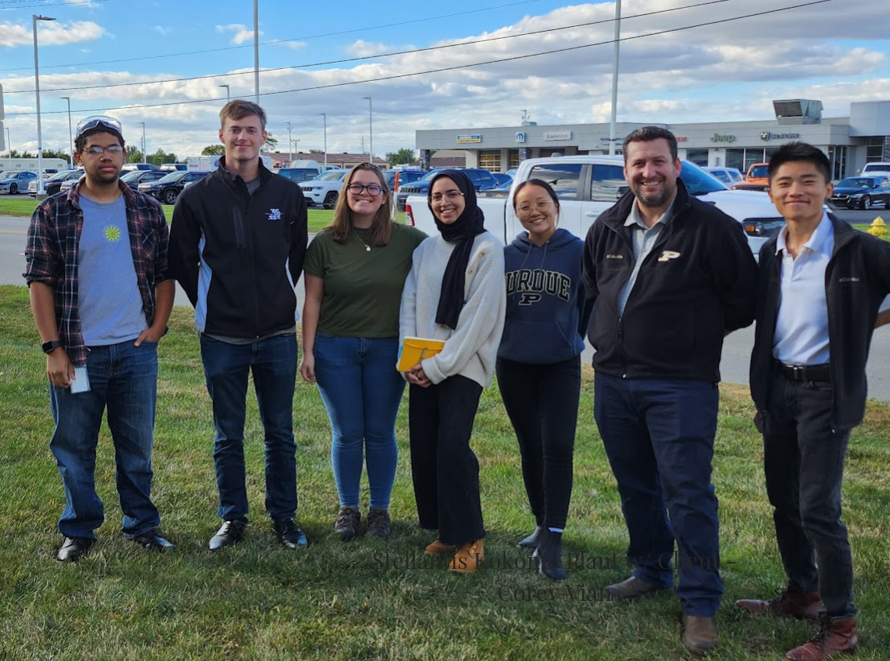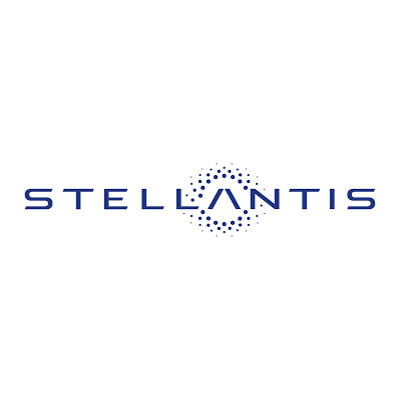Due to the nature of die casting, it is an aggressive process for the dies. With every shot, a force of several tons is enacted on the steel dies to close them, followed by the rapid heating to 1221℉ and then cooling to approximately 392℉ of these dies to make and remove the aluminum blocks. As seen from prior experiences, this process will cause the dies to deteriorate over time, causing defects such as sinkholes, cracks, plus and minus stock, etc., on the product. The current solution for finding these defects at Stellantis is by human visual inspection. However, humans are prone to making mistakes due to fatigue, lack of training, et cetera, and defective products are making their way to the customer, Stellantis’s assembly plant. According to our Stellantis contact, Corey Vian, using X-rays and CMM machines are not a solution because it would cost at least $6,000 to provide an X-ray for one die-cast machine. In addition to the high price of equipment, human labor is also costly as the operators waste time with manual inspection. Therefore, Stellantis is requesting that our team develop a platform for hardware and software for capturing images of every block made out of their 94 die-casting machines.
As mentioned above, the manual inspection process is unreliable because it is difficult to pinpoint certain defects that the human eye cannot clearly see or are borderline in terms of acceptability. To improve on this process, we will need to produce a framework product that will be able to successfully support the cameras and setups while enabling them to determine the minor/borderline defects without affecting the cycle time, which is the amount of time that the die-cast machine takes to create a product. Our full-functioning product refers to a system that can capture quality images from all sides of the cast parts. The team consists of a group of undergraduate students responsible for the electrical and mechanical production of the vision system, whereas graduate student B. Zhang and Prof. Xiaoming Wang are responsible for the AI algorithm for decision-making (detecting defects using our acquired images).
The final product must be highly accurate, reliable, fast, and adapt to similar environments within the die-casting facility. Accuracy is measured by comparing the quality of the images. Reliability is measured by the precision of image quality, durability of the vision system, and usability. Speed is measured by the time it takes from placing the product in the fixture to removing it after image acquisition. Finally, adaptability refers to the system's ability to adjust to the ideal lighting standards and portability to another location within the die-casting plant. Many factors, such as illumination, orientation, camera resolution, and object position, will be considered to capture clear images. The parts used to detect defects include a valve body, engine block, and transmission case but for simplicity, students will focus on developing a fixture for the valve body only.
Semester of Project:
Team Photo:


